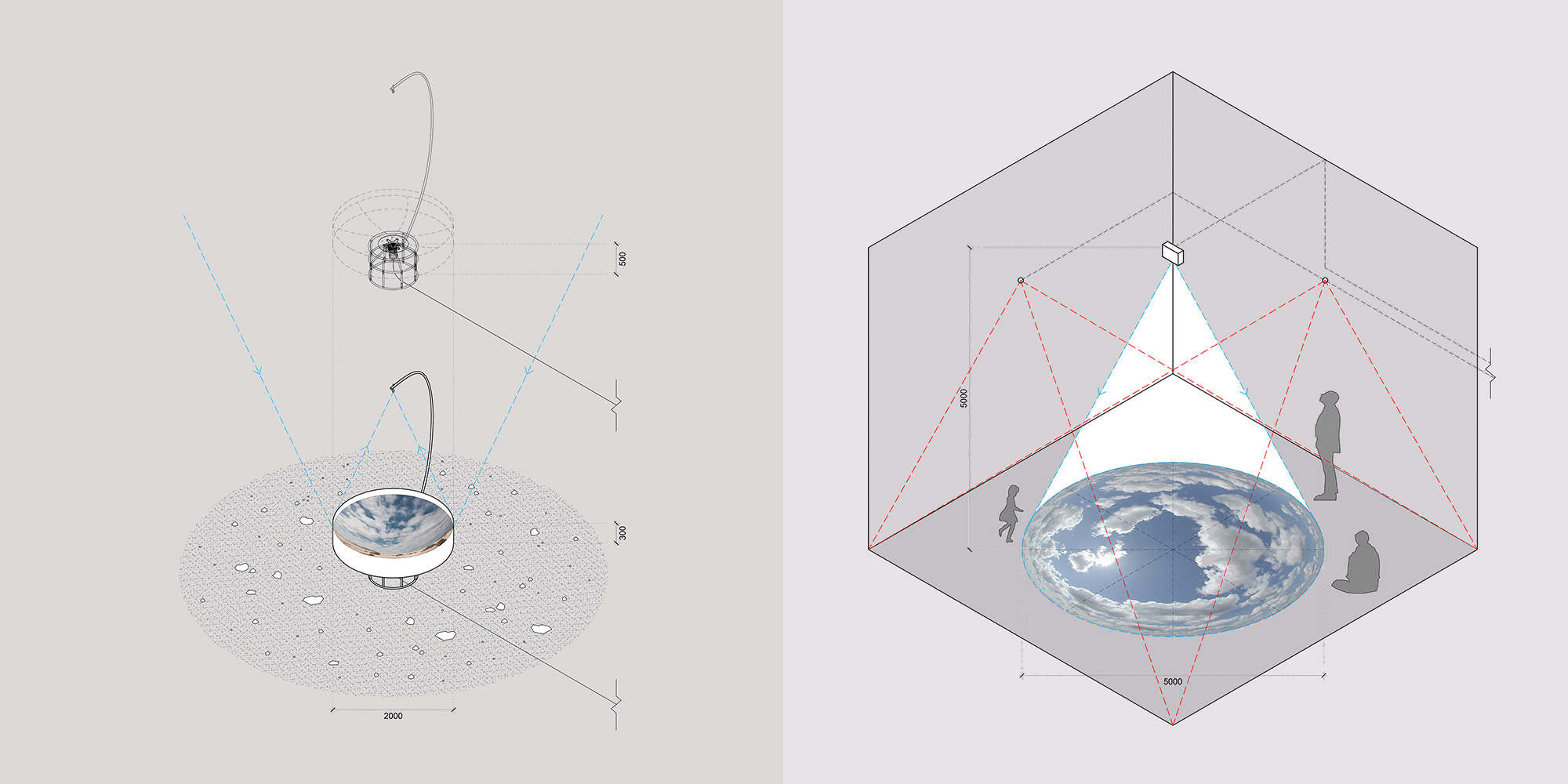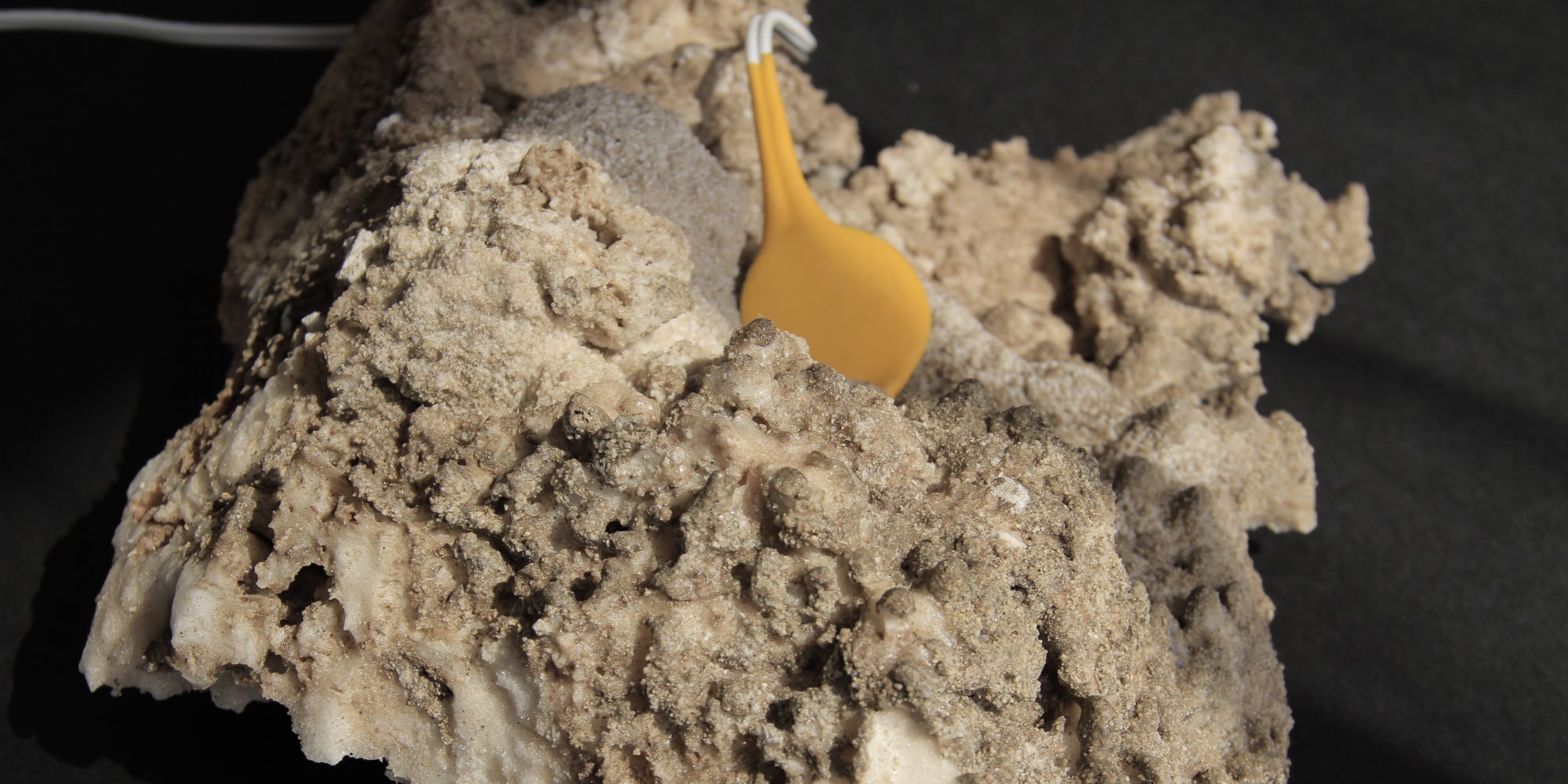Endless landscapes, the cycle of life and the language of trees… Do you still remember our virtual travel to the Atacama desert last year? Well, here we go again, from Linz to Atacama and back again to the Ars Electronica Festival 2022 in Linz!
Since 2018 selected media artworks by Chilean artists have been an integral part of the Ars Electronica Festival program: In the last two years, Chilean institutions have also been represented with so-called “Ars Electronica Gardens,” which were exhibitions, conferences, performances, concerts and workshops aimed at the respective local audience, at 120 locations around the globe, organized by universities, museums, galleries, associations, municipalities and companies. This year we are focussing on the exhibitions here in Linz and inviting media artists from Chile to exhibit their works here with us. The participation of artists from Chile is the result of a collaboration between Ars Electronica and the Ministerio de las Culturas, las Artes y el Patrimonio and the Ministerio de Relaciones Exteriores | Gobierno de Chile. Below, we’ll introduce you to the faces and artworks that won this year’s Open Call and will thus be represented at the Ars Electronica Festival from September 7-11.
LIQUID SKY / Mauricio Lacrampette (CL), Santiago Valdivieso (CL), Diego Gajardo (CL), Lucas Margotta (CL)
Mauricio Lacrampette is a chilean architect and media artist based in Santiago. His work and research comes from a transdisciplinary scope and a methodology proper of the architectural practice, combined with a self-taught approach to technology and media, and a fascination with the occult. His work unveils hidden interactions and modulate new encounters between human and non-human entities, with a special focus in ethereal and viscous media such as light, air, clouds, energy, data and space itself as an agent.
For this open call, he submitted the project “LIQUID SKY”, done in collaboration with Santiago Valdivieso (CL), Diego Gajardo (CL) and Lucas Margotta (CL) together with Sebastián De Andraca as a software developer and the La Wayaka Current Residency Program. In the Atacama Desert, a video camera captures the image of the sky reflected in a water mirror, streaming it live to Linz during the festival: an opening of a portal between hemispheres, referenced in the Inca technique of contemplating the sky through its reflection on water over sculpted stones.
A fixed structure holds a spinning water mirror and a mast to place the camera above. An electric motor spins the artifact to deform the surface of the contained water, generating a paraboloid of revolution and thus creating a concave mirror where the angular speed gets directly related to the deformation of the mirror image. A projector in Linz receives the live-streamed image and projects it onto the floor of a dark room, while a set of motion sensors detect the movements of the assistants and turn them to data. This data is real-time processed by a cloud-based data analysis software and is sent back to affect the reflecting pool’s angular speed in Atacama, causing fluctuations on the parabolic surface of the water mirror. The image of the Atacama sky projected in Linz then gets deformed by the entanglement of these distant, physical behaviors.
LIQUID SKY presents itself as a ritual in which the interaction between the Atacama local sky, the assistants and a series of machines, mechanical gestures and data streams merge in a rhizomatic, trans-local feedback looped assemblage where the distinction between observer and the observed gets blurred in a continuum, and the possibility of a collective tele-contemplation emerges, enabling the sky as a medium for global encounter.


The Fallen Clouds / Josefina Buschmann (CL), in collaboration with: Daniela Camino (CL, Nicole L’Huillier (CL), Francisca Sáez (CL), Melisa Miranda (CL)
Selfies, memes, tweets; they all live in the “cloud”, an opaque metaphor of our times. Where are those “clouds”? What footprints do they leave on the ground? How can we make their materialities and geographies visible? asks Josefina Buschmann with her work “The Fallen Clouds” created in collaboration with Daniela Camino (producer), Nicole L’Huillier (sound artist), Francisca Sáez (director of photography) and Melisa Miranda (film editor). Josefina Buschmann is a researcher and media maker whose work explores the agency of media representations, digital infrastructures and their environmental resonances. She holds an MSc in Comparative Media Studies from MIT. The artwork is produced by Mimbre Films and partially funded by CreaTures.
The project is a speculative research-based installation that delves into the socio-environmental resonances of digital infrastructures in Chile to break the great myth of cloud computing. The narrative follows a digital cloud searching for its body and origin extended from submarine cables in the Pacific ocean, data centers in Santiago, to lithium extraction in the Atacama desert. On the journey it becomes entangled with human and more-than-human beings; past, present and future myths. This exploration takes the form of an atmospheric installation composed of 9 floating sonic-material sculptures and a digitized 16mm film projection to create an immersive experience, opening a portal to a deep time temporality where future remediation lies in the past.

You can find all the listed Chilean media artworks from September 7-11, 2022 at the Ars Electronica Festival “Welcome to Planet B”. We are looking forward to your participation!

The open call is a collaboration by Ars Electronica Linz GmbH & Co KG with Ministerio de las Culturas, las Artes y el Patrimonio and Ministerio de Relaciones Exteriores de Chile.